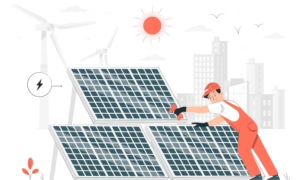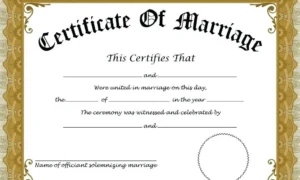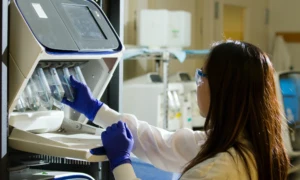
Introduction: Warts, those small, raised bumps caused by the human papillomavirus (HPV), are not only unsightly but can also be bothersome and embarrassing. Whether they appear on your hands, feet, or other parts of your body, dealing with warts can be frustrating. However, the good news is that there are numerous treatment options available to help you bid farewell to warts removal treatment and achieve smooth, clear skin once again. In this comprehensive guide, we’ll explore various wart removal treatments, ranging from over-the-counter remedies to medical procedures, to help you find the best solution for your needs.
Understanding Warts: Before diving into treatment options, it’s essential to understand what warts are and how they develop. Warts are benign skin growths caused by HPV infection. The virus enters the skin through cuts or breaks in the skin’s surface, leading to the rapid growth of cells and the formation of warts. Warts can vary in size, shape, and texture, ranging from small, flesh-colored bumps to larger, rough growths with black dots.
Over-the-Counter Treatments: Many individuals opt for over-the-counter (OTC) treatments as the first line of defense against warts. These treatments typically contain ingredients like salicylic acid, which works by breaking down the outer layer of the skin and gradually removing the wart. OTC treatments come in various forms, such as gels, liquids, and patches, making them convenient for at-home use. While OTC treatments may take several weeks to show results, they are generally safe and effective for most people, especially for smaller warts.
Home Remedies: In addition to OTC treatments, several home remedies are believed to help remove warts. One popular home remedy involves applying duct tape over the wart for an extended period to suffocate it and encourage it to fall off naturally. Another method is soaking the wart in warm water and gently exfoliating the affected area with a pumice stone or emery board to remove dead skin cells. Some people also find success with natural remedies like apple cider vinegar, garlic, or tea tree oil, although scientific evidence supporting their effectiveness is limited.
Medical Treatments: For stubborn or larger warts that do not respond to OTC or home remedies, medical intervention may be necessary. One common medical treatment for wart removal is cryotherapy, which involves freezing the wart with liquid nitrogen. This freezing process causes the wart to blister and eventually fall off, usually within a week after treatment. Cryotherapy is a relatively quick and painless procedure that is often performed in a healthcare provider’s office.
In addition to cryotherapy, other medical treatments for wart removal include laser therapy and surgical excision. Laser therapy uses a focused beam of light to destroy the blood vessels supplying the wart, causing it to wither and fall off over time. Surgical excision involves cutting the wart out of the skin under local anesthesia, which is typically reserved for larger or more stubborn warts. While medical treatments may be more invasive than OTC or home remedies, they can provide effective results, especially for warts that have not responded to other treatments.
Prevention Tips: While treating existing warts is important, taking steps to prevent their recurrence is equally crucial. To reduce the risk of developing new warts, practice good hand hygiene, avoid sharing personal items such as towels or razors, and wear footwear in public areas such as locker rooms and swimming pools. Additionally, consider boosting your immune system through a healthy diet, regular exercise, and adequate sleep, as a strong immune system can help prevent HPV infections and reduce the likelihood of warts returning.
Conclusion: Warts may be a common skin condition, but they don’t have to be a permanent part of your life. With the variety of treatment options available, you can effectively remove warts and achieve clear, smooth skin once again. Whether you choose over-the-counter remedies, home remedies, or medical interventions, it’s essential to be patient and consistent with your treatment regimen. By understanding the various wart removal treatments and implementing preventive measures, you can take control of your skin health and say goodbye to warts for good. If you’re unsure which treatment option is best for you, consult with a healthcare professional for personalized guidance and support. With determination and perseverance, you can wave goodbye to warts and embrace a renewed sense of confidence in your skin.








































